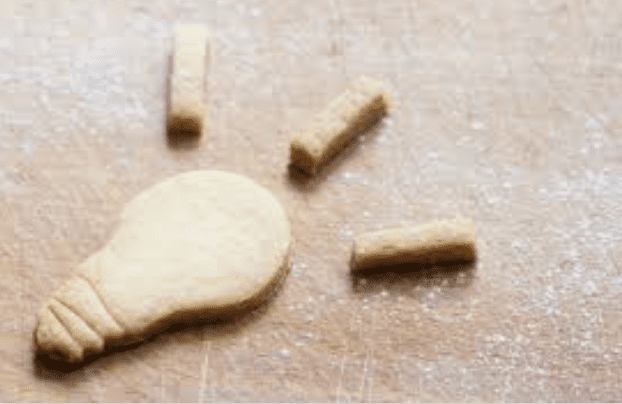Creating food products that stand out in the market, captivate taste buds, and meet consumer demands is both an art and a science. Product development in the food industry is a dynamic and multidisciplinary process that requires creativity, innovation, and attention to detail. In this article, we’ll explore the fascinating journey of food product development and the key ingredients for success.
The Recipe for Success
Before you embark on the product development journey, it’s crucial to understand your target audience, market trends, and competitors. Market research helps you identify gaps in the market, consumer preferences, and unmet needs. This foundation guides the development of products that resonate with your customers.
Conceptualization
The first step in product development is to conceptualize your food product. What problem does it solve? What’s its unique selling proposition (USP)? This is the stage where creativity takes center stage, as you brainstorm and ideate potential products. It’s essential to align these concepts with your brand identity and values.
Recipe Development
Once you’ve settled on a concept, it’s time to get into the kitchen or lab and start experimenting with recipes. This is where you balance flavors, textures, and ingredients to create a product that not only tastes delicious but also meets quality and safety standards. Whether you’re developing a new ice cream flavor, a gluten-free snack, or a gourmet sauce, meticulous recipe development is the backbone of your product.
Challenges in Food Product Development
- Consistency: Achieving consistent taste, texture, and quality across batches, especially as production scales up, can be a challenge. Robust quality control processes are essential.
- Ingredient Sourcing: Sourcing high-quality and consistent ingredients can be a challenge, particularly if your product relies on seasonal or specialized ingredients.
- Compliance and Regulations: Navigating food safety regulations, labeling requirements, and certifications can be complex and time-consuming. Legal and regulatory expertise is often necessary.
- Taste and Sensory Evaluation: Determining the perfect balance of flavors, textures, and aromas is highly subjective and can require extensive consumer testing.
- Cost Management: Keeping product development costs in check while maintaining quality standards is a constant concern.
Prototyping
Prototyping involves creating sample batches of your product for testing. It’s an iterative process where you tweak the recipe based on sensory evaluations, consumer feedback, and technical analysis. This stage helps you fine-tune the product’s attributes to achieve the desired taste, texture, and appearance.
Scale-Up and Manufacturing
Transitioning from small-batch prototypes to large-scale production is a significant milestone. It involves optimizing the manufacturing process, sourcing ingredients, and ensuring consistency in taste and quality. You may need to work with food scientists and engineers to address any production challenges.
Quality Assurance and Safety
Maintaining the highest standards of quality and safety is non-negotiable in food product development. This includes rigorous testing for factors such as shelf life, microbial safety, and nutritional accuracy. It’s essential to comply with food regulations and labeling requirements.
Food product development is a thrilling journey that blends science, creativity, and innovation. Successful product development requires a deep understanding of the market, a commitment to quality and safety, and a relentless pursuit of perfection. By following a systematic approach and addressing the challenges along the way, you can create food products that delight consumers and leave a lasting mark in the culinary world.

